Exploring Non-Lethal Defense: Pepper Spray vs. Pepper Gel
In today’s world, personal safety is a priority for many. At Just Holster It Firearms & Training Center, we understand this concern and pride ourselves on offering the largest selection of non-lethal defense products in Western New York (WNY). Among the most popular choices for personal defense are pepper spray and pepper gel. Both are effective, but understanding their differences can help you choose the right one for your needs.
What is Pepper Spray?
Pepper spray is a well-known non-lethal self-defense tool that is used by both civilians and law enforcement. It consists of oleoresin capsicum, a natural oil found in hot peppers. When sprayed, it inflames the mucous membranes in the eyes, nose, throat, and lungs, causing immediate and temporary incapacitation through intense burning sensations, coughing, and eye closure.
What is Pepper Gel?
Pepper gel is a more recent innovation in personal defense products. It uses the same active ingredient as pepper spray but in a thicker, gel-based form. This consistency reduces the risk of blowback, which is particularly useful in windy conditions or in close quarters, ensuring the product affects the target more directly and minimizes unintended exposure.
Comparing Pepper Spray and Pepper Gel
1. Range and Accuracy: Pepper spray typically has a range of 10 to 12 feet, making it suitable for mid-range encounters. Its spray pattern can cover a wider area, which is advantageous if confronted by multiple threats. However, this can also mean a higher risk of self-contamination in windy environments. Pepper gel, on the other hand, can shoot up to 20 feet and provides a more concentrated discharge. It is more precise, which is ideal for single-target scenarios and reduces the chance of affecting bystanders.
2. Effects and Efficacy: Both pepper spray and pepper gel cause severe irritation and temporary incapacitation. The gel’s thicker formula sticks to the skin and prolongs the duration of its effects, making it slightly more effective against aggressive assailants, especially those under the influence of drugs or alcohol.
3. Portability and Accessibility: At Just Holster It Firearms & Training Center, both options come in various sizes and can be easily carried in a pocket or purse. We ensure that our products are both accessible and convenient to carry, promoting a culture of safety and preparedness.
4. Use Cases: Pepper spray is a good all-around choice for those who need a reliable defense tool in a variety of situations. It’s particularly effective for runners, hikers, and individuals who often find themselves in less controlled environments. Pepper gel is best suited for urban environments and for security personnel who might need to target a threat directly without risking harm to bystanders, such as in crowded places.
Conclusion
Both pepper spray and pepper gel are excellent choices for non-lethal self-defense. Your decision might depend on your specific environment, the nature of threats you anticipate, and personal comfort with the product. At Just Holster It Firearms & Training Center, we are committed to providing you with a comprehensive selection to ensure you find exactly what you need for your personal security. Remember, the best defense is the one that you feel confident and competent using in a crisis.
Visit us to explore the largest selection of non-lethal defense options in WNY and empower yourself with the right tools to protect your safety.
To learn more about Self Defense Options Check out SafeDefenseUSA

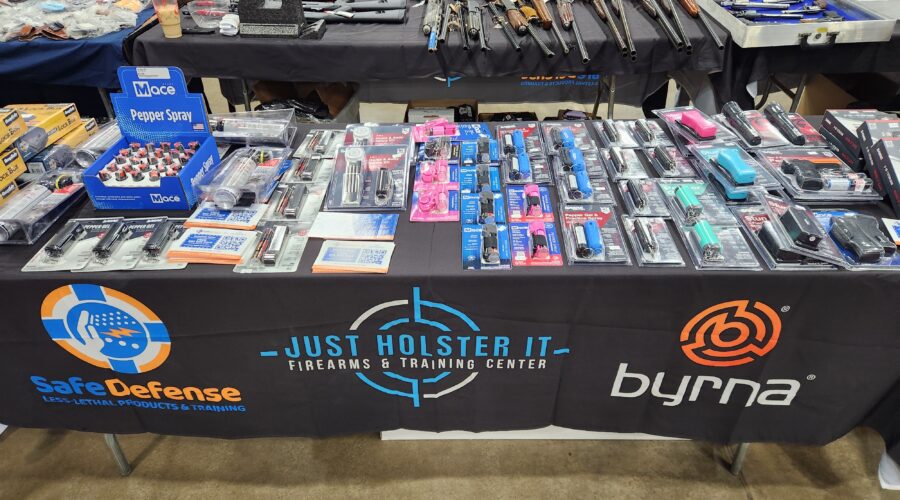

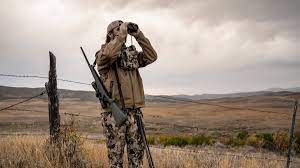


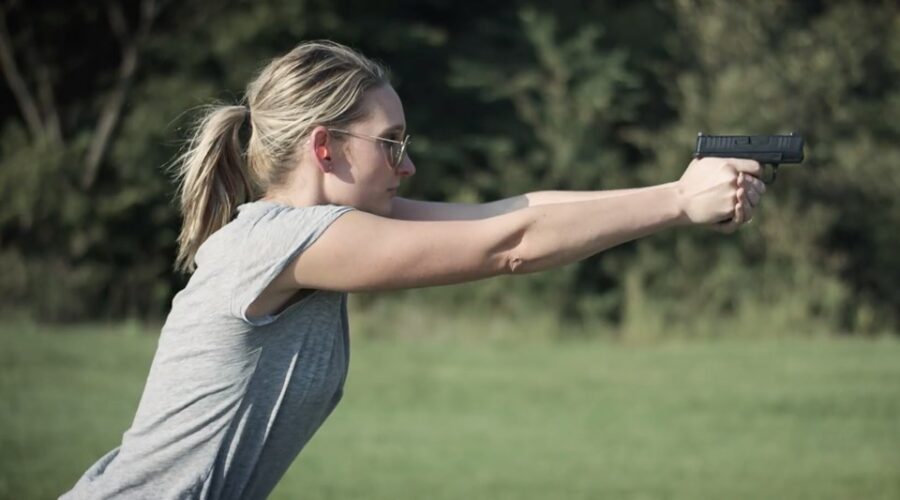
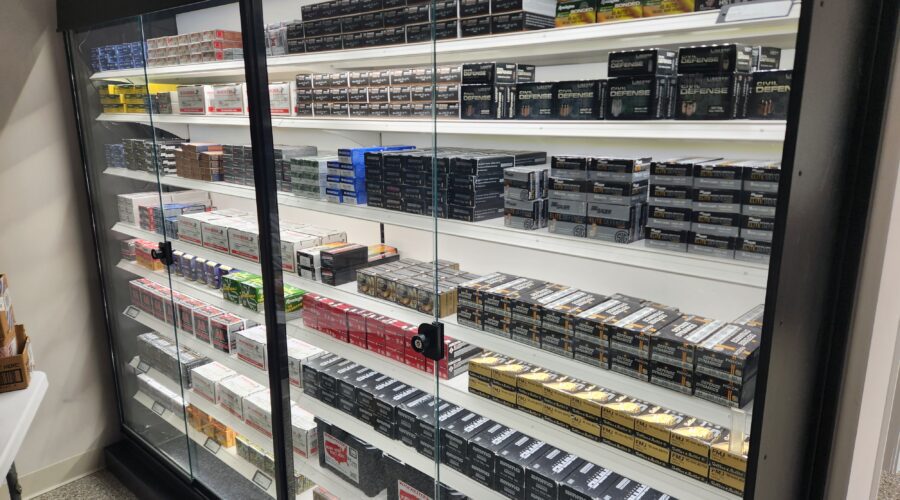
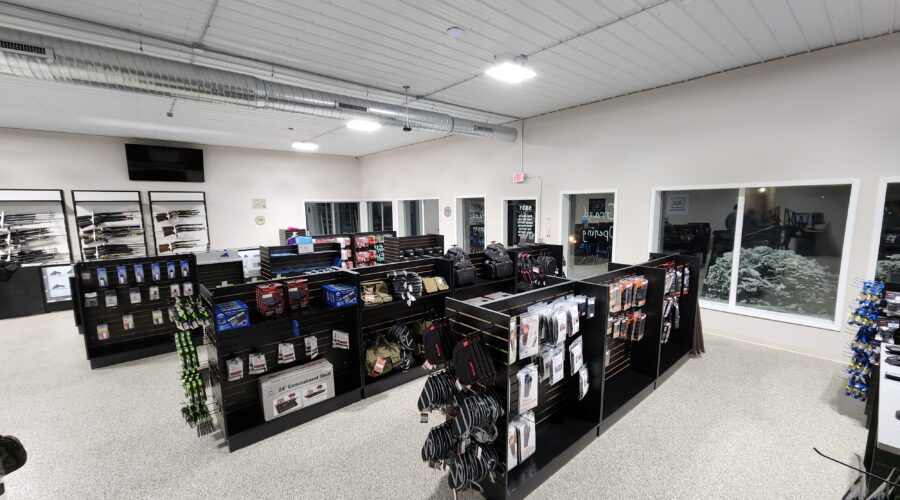
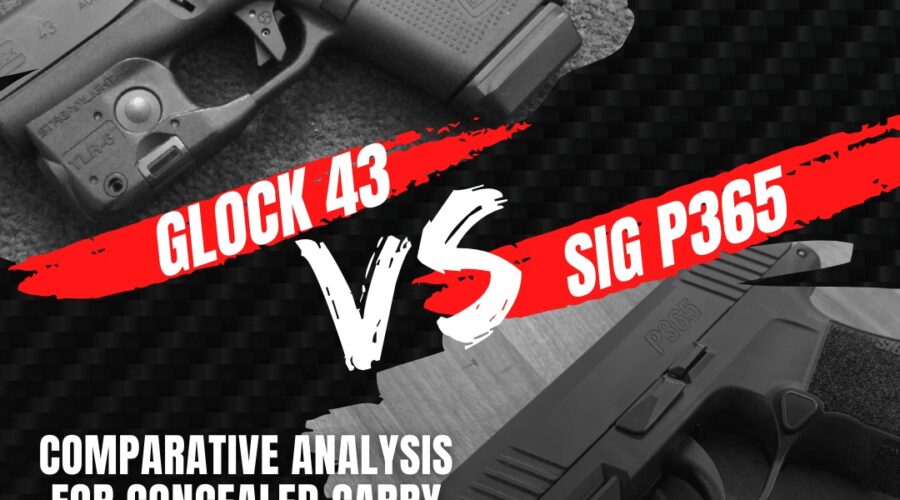
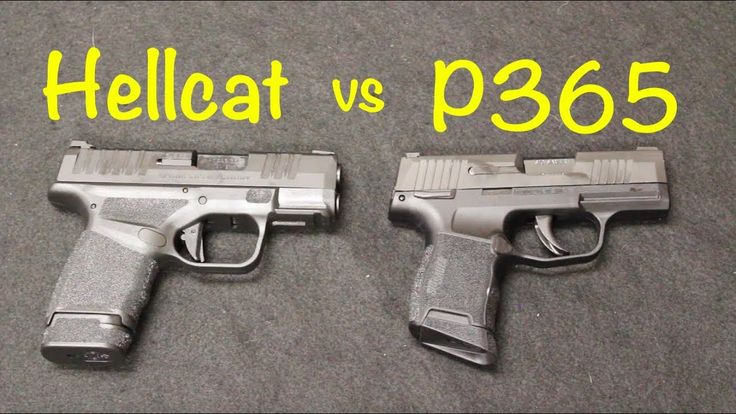

Recent Comments